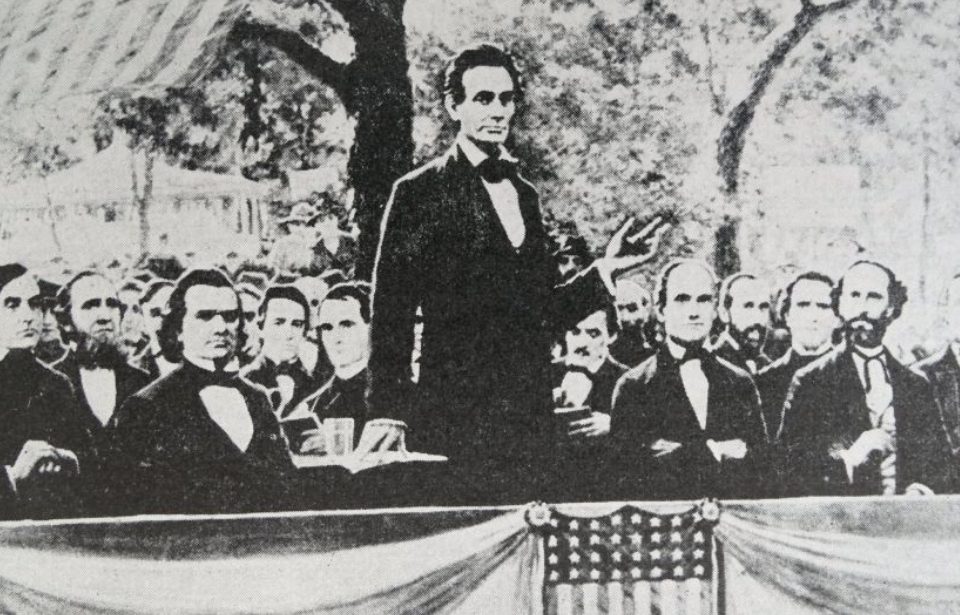Abraham Lincoln, or “Honest Abe” as he was known, served as the 16th president of the United States. Among his major contributions to American life were issuing the Emancipation Proclamation – changing the legal status of millions of people in the Confederate states from enslaved to free – and taking his seat as a giant statue for the Lincoln Memorial.
Of course, there was a man behind the formidable public image. And away from the White House, decades before he became a worldwide icon, he applied for a patent. He’s actually the first and only American president to have done this.
The president and the patent
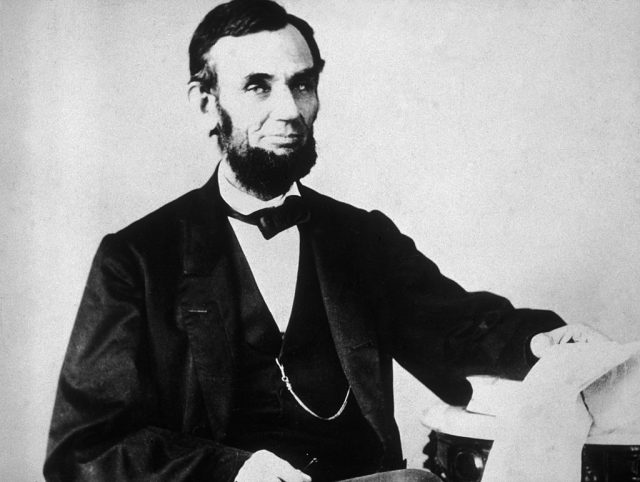
What was the patent? We Are The Mighty writes about “An Improved Method of Buoying Vessels Over Shoals”. It’s not the simplest of titles, to be sure. But Lincoln had a goal in his sights – to help busy workers traveling across the U.S. by water.
The U.S. Patent Office has in its records an application from May of 1849. Lincoln, who was focused on the legal profession, had based himself in Springfield, Illinois. Politics also occupied his mind. He’d already served as a Congressman for the State. This was around a decade before he took the top job.
An Improved Method of Buoying Vessels Over Shoals, or Patent no. 6,469 for short, took the form of a wooden model measuring 2 ft. The eventual invention would of course be considerably larger. However, for now, Lincoln had produced an eye-catching visual aid (he isn’t thought to have produced the model alone).
Abraham Lincoln’s patent sounds fascinating. But what is it…?
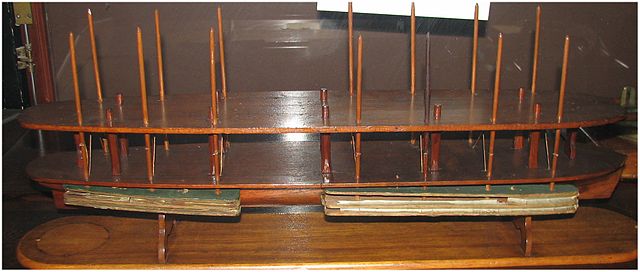
The Smithsonian, which displays a replica of the model at their Institute, notes that Lincoln sought to patent a “flotation system for lifting riverboats stuck on sandbars”.
Smithsonian Magazine details the operation of Abe’s idea. Bellows made from fabric, or India Rubber cloth, would be fixed on the hull. Should the inevitable happen, the bellows could be inflated and the vessel freed.
The future president had direct experience of getting stuck in watery conditions. We Are The Mighty mentions how he became beached on sand while heading back to Illinois from the House of Representatives. So, his political career and his short-lived stint as an inventor have some intriguing connections!
Lincoln was clearly paying attention as the captain buoyed the boat using whatever the crew had on hand. The aim was to lift it high enough on the side in order to come off the sand and back into the river’s current.
Honest Abe’s mind was like a well-oiled machine
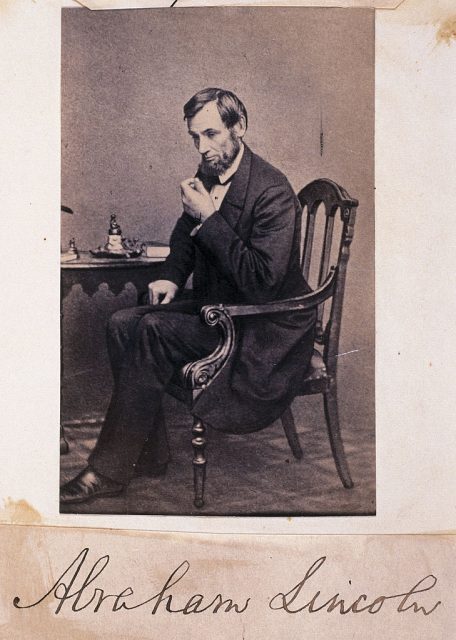
His mind must have been ticking over at the possibilities. Lincoln was a problem solver, an essential quality for any presidential hopeful.
We Are The Mighty writes that “While traveling the circuit as a lawyer, he would often find farm machines and tools to examine.” The interest in machinery and its workings reportedly came from his father Thomas, a farmer.
Before the incident coming back from Congress, Lincoln had a similar run-in with nature.
Young Lincoln the boat handler
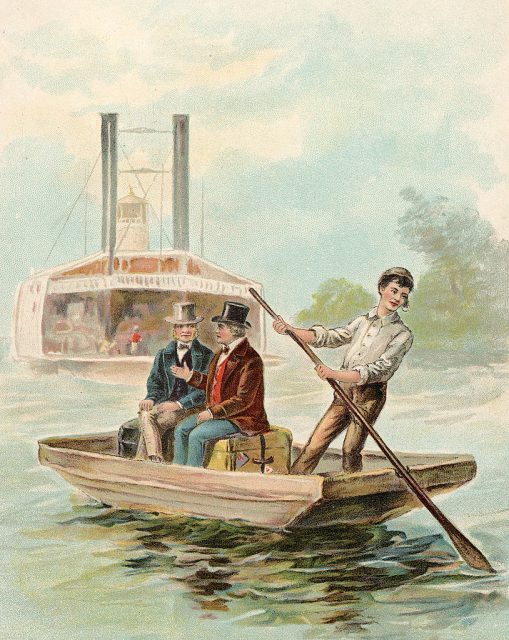
As a young man in his early 20s, he’d learned to navigate the waters around the Mississippi and other challenging environments. Sure enough, his boat was halted in New Salem by a milldam, or a dam that keeps water in place in order to turn a watermill wheel.
Lincoln went through something of a performance to get his vessel afloat again, and back on the way to his intended destination of New Orleans. This reportedly involved drilling a hole to get rid of excess water before plugging it again.
Lincoln had a much bigger hole to fill when he took up office as president in 1861. He served until 1865, when he was tragically assassinated by actor John Wilkes Booth at Ford’s Theatre in Washington, D.C.
Did the future president of the United States have a hit on his hands?
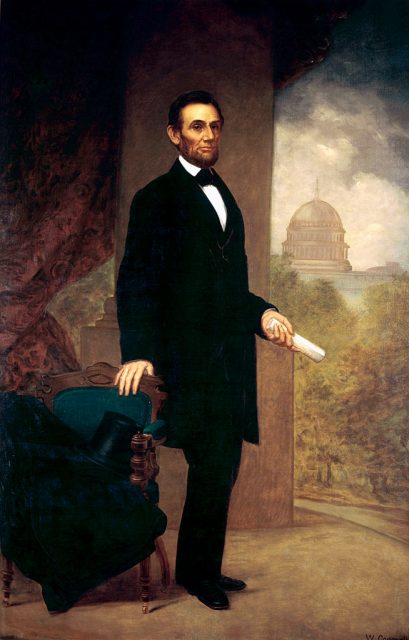
The wooden model showed how Lincoln’s buoyancy aid would work. However, it didn’t make its mark on Americans in the same way as his tenure at the White House! His invention largely remained on paper, though some crafty soul appears to have removed his iconic – and highly valuable – signature on the document.
The original model is reportedly still intact. Amusingly, the inventor’s name is misspelled on the engraving: “Abram Lincoln.”
Would the bellows system have ballooned into a best seller? Smithsonian Magazine quotes the National Museum of American History’s maritime curator Paul Johnston, who thinks the prized patent “might have been made to work.”
More from us: Inventions made during World War I we still use today
Abraham Lincoln relished the mechanics of national government. Good with his brain and good with his hands, he’s summed up by the following quote from a law partner, as mentioned on The White House website: “His ambition was a little engine that knew no rest.”
